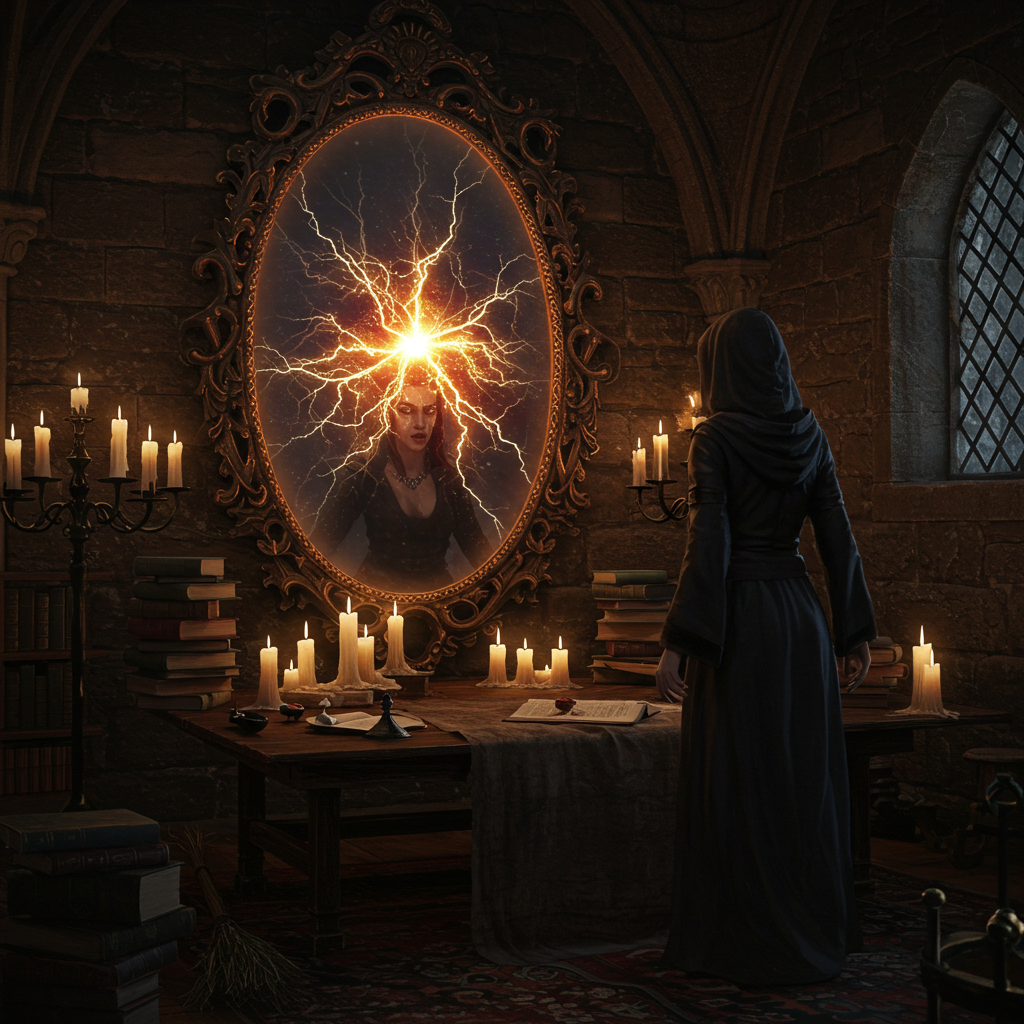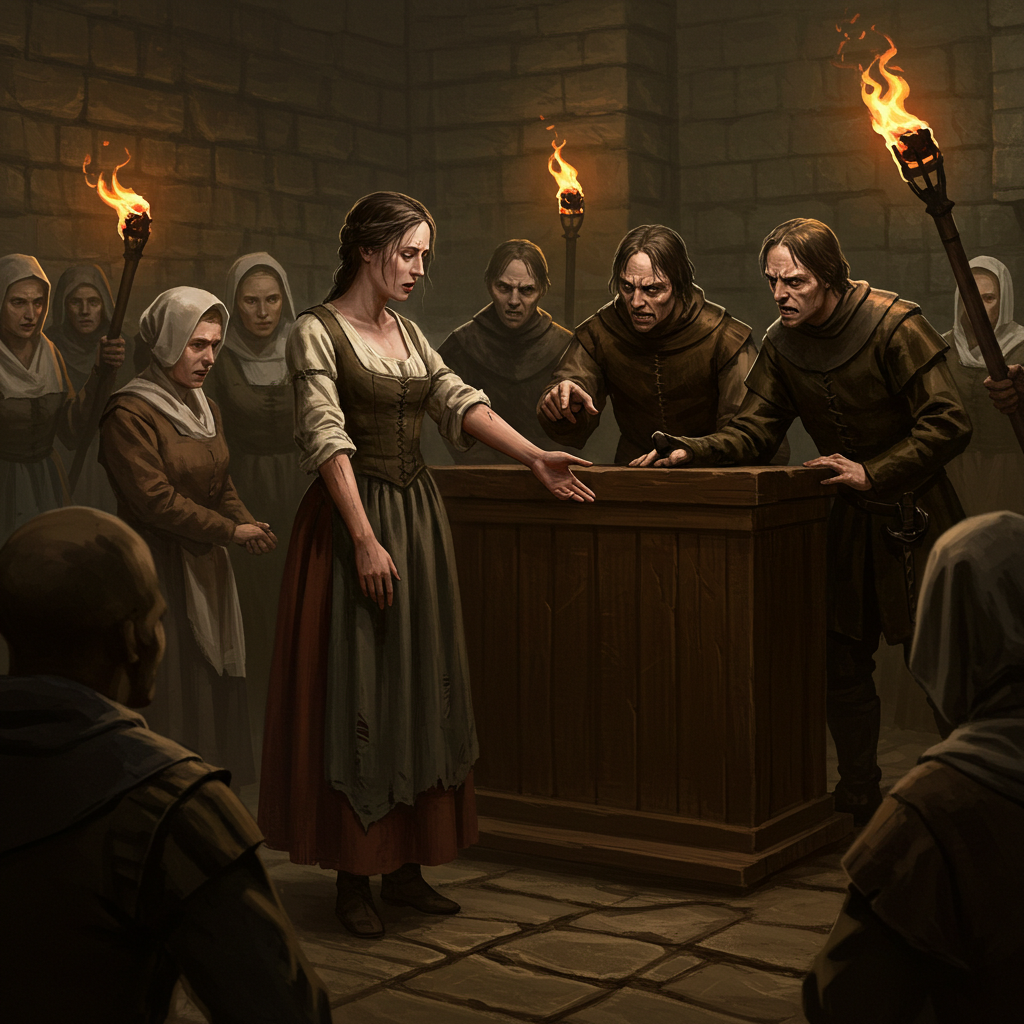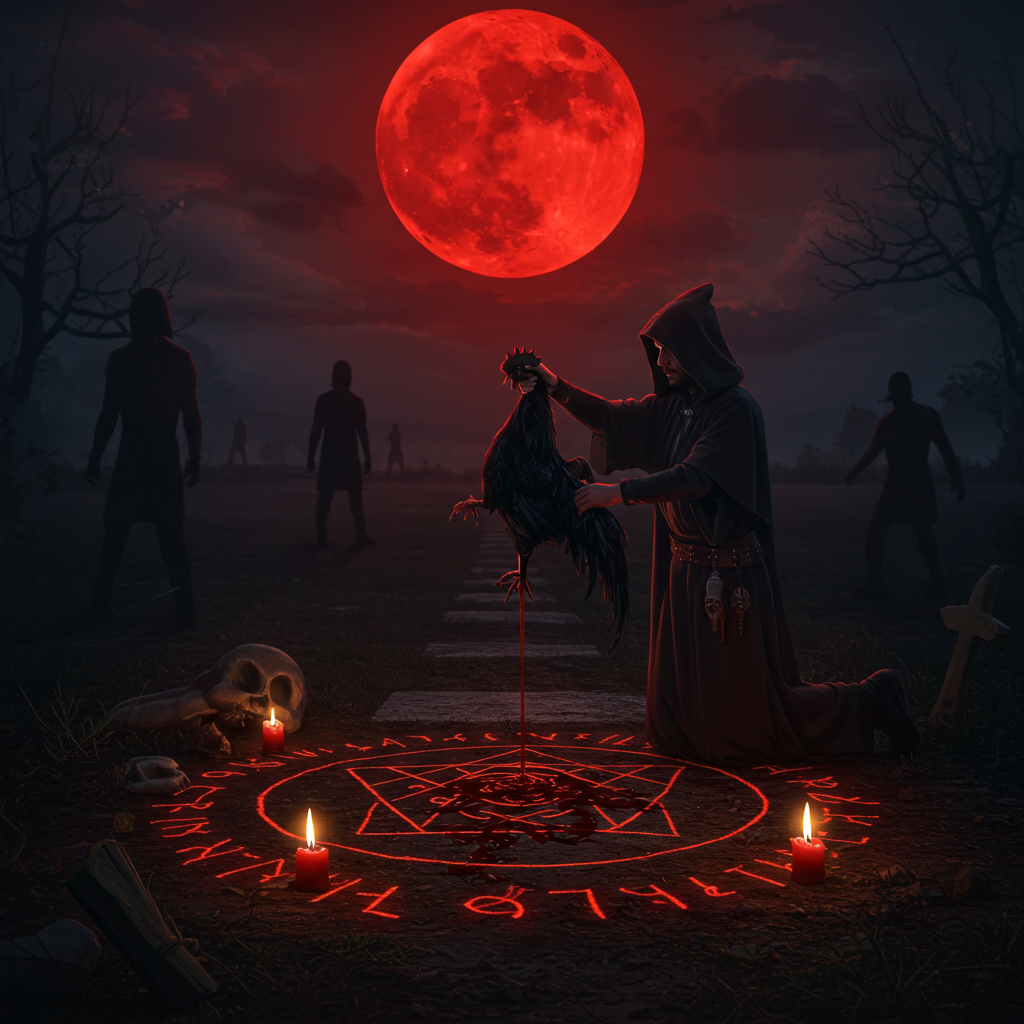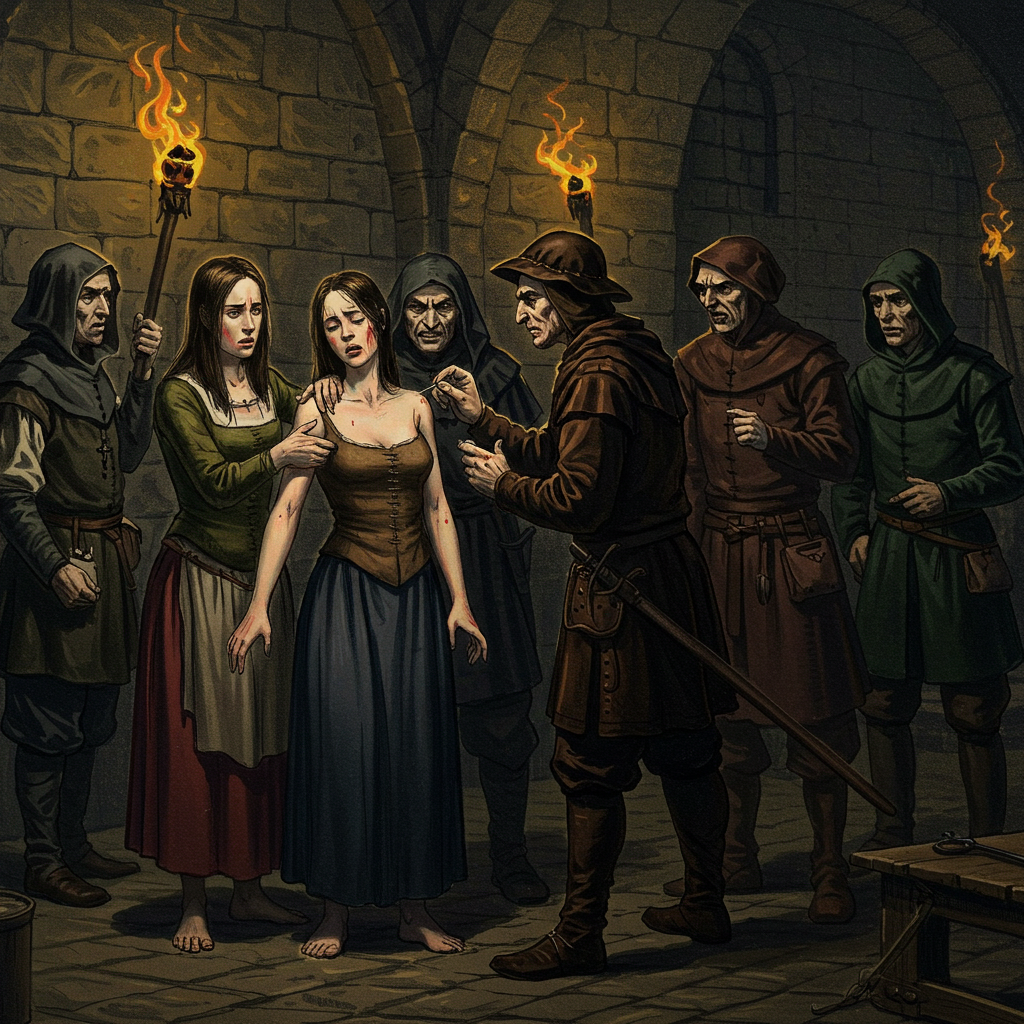In many European, African, and Caribbean magical traditions, it is believed that witches or malevolent practitioners can lay curses on a household or individual by burying specially prepared objects within the victim’s yard or property. These acts represent a form of territorial magic, where the land itself becomes a vessel for negative spiritual influence.
The mechanics of this curse typically involve the gradual release of harmful energy into the soil, affecting everyone who resides or moves within its radius. Objects used in these curses may include personal belongings from the target (like hair or nail clippings), toxic substances (like sulfur or grave dirt), or containers holding blood, bones, or insects. In some traditions, these “spirit traps” also serve as homes for malevolent entities bound to the land.
This belief highlights the perceived permeability of boundaries, where supernatural harm can be introduced into domestic space through hidden, material anchors. The buried object becomes a long-lasting conduit for distress, illness, bad luck, or spiritual interference.







